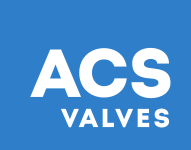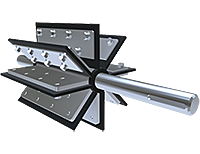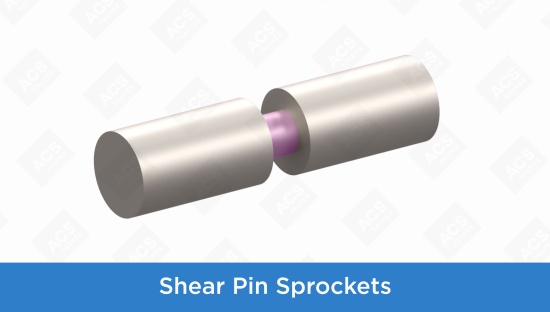Pencils down! How did you do?
Are you a valve maintenance genius, or do you need a bit of help to get there? Either way, you can keep browsing our blog for handy tips like replacing your parts for NFPA compliance and extending the lifespan of your rotary valves.


